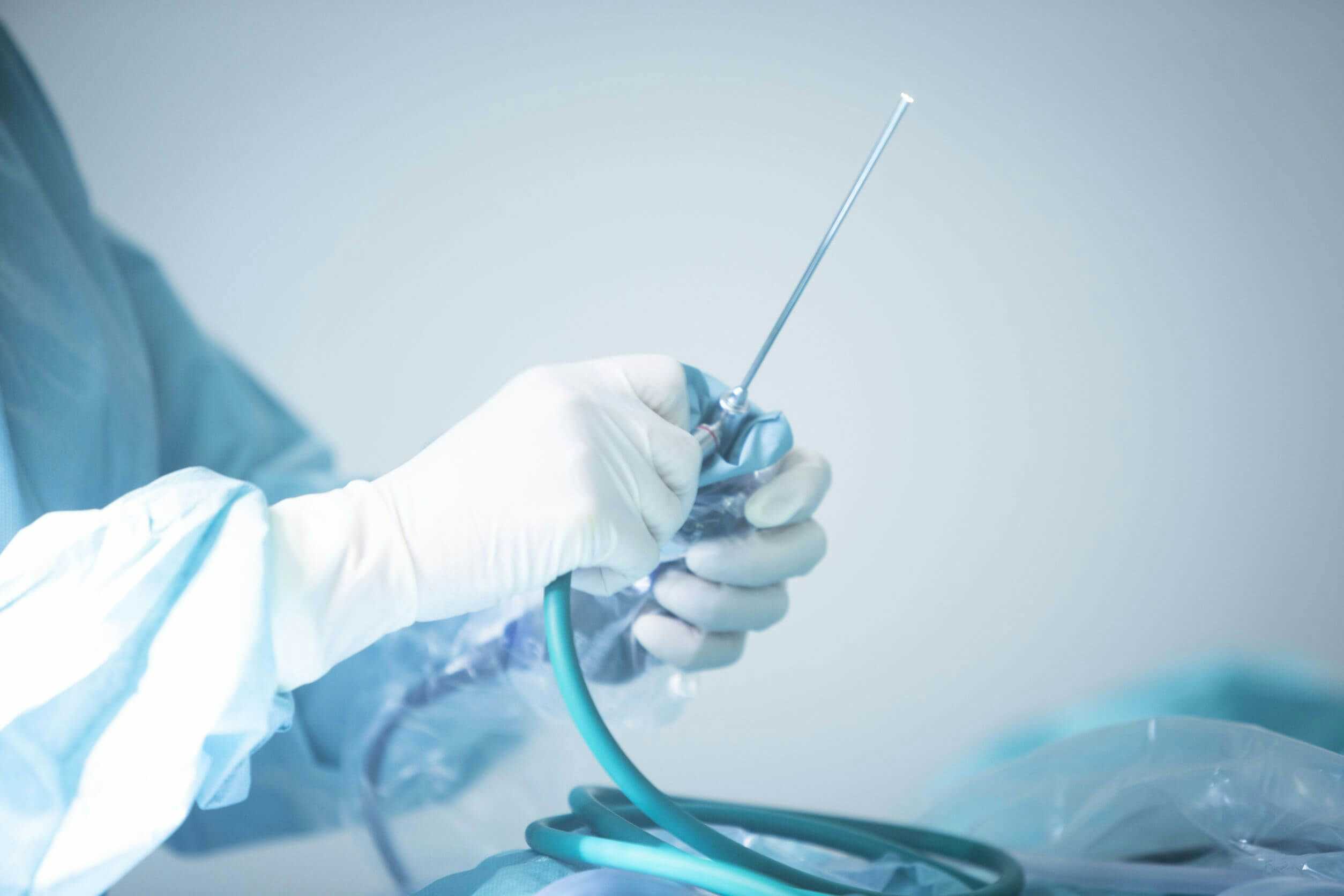This case involves a 35-year-old male with a past medical history of fibromyalgia who had his gallbladder laparoscopically removed. The patient was discharged the same day but presented to the emergency room two days later in septic shock. Surgery was consulted and the patient went to the operating room for an exploratory laparotomy. He was found to have a perforated duodenum, which was repaired with a graham patch. An abscess was also discovered and subsequently drained. Postoperatively, the patient was continued on pressors but developed severe low blood platelet count. He remained intubated and also developed atrial fibrillation. The patient required additional drainages and was intubated for over a week. A hepatobiliary scan revealed the patient had suffered a duodenum leak.
Question(s) For Expert Witness
1. How often do you perform laparoscopic cholecystectomies?
2. What care is taken to avoid injury to the duodenum?
3. At what point, if any, would you take a patient back to the OR to redo a Graham patch versus continue IR drainage?
Expert Witness Response E-001161
As an assistant professor of surgery at a major university medical center, I routinely take general surgery calls and therefore perform laparoscopic cholecystectomies on a fairly routine basis. I would estimate 3-5 cases per month. I also teach other surgeons how to appropriately perform this operation. Duodenal injury is relatively uncommon if appropriate measures are taken to avoid it. One common source of injury is inappropriate take down of adhesions between the inflamed gallbladder and the duodenum. This can be minimized by appropriate surgical technique, and sometimes requires conversion to open surgery if the anatomy is not clear. Revision of the Graham patch depends on the clinical state of the patient, and objective evidence of an ongoing leak. If the patient is not clinically improving and a persistent leak is documented, then a revision Graham patch should be performed in circumstances where surgery does not substantially increase the risk of mortality. It would be interesting to look at the operation room notes to determine if the physicians followed the appropriate maneuvers for this procedure. I have reviewed similar cases regarding inadvertent injury to surrounding structures during gallbladder surgery, but I do not recall any duodenal injuries. Mostly they have been common bile duct injury. It is concerning that a young and relatively healthy patient would suffer such a catastrophic outcome from what should have been a routine operation. This suggests potential poor surgical technique, lack of recognition or understanding of clinical findings, or inappropriate follow up. It also appears that the patient was released too soon after the procedure, without appropriate vitals and monitoring. If he was in pain or his labs were not clear, he should have remained in hospital care.
About the author
Wendy Ketner, M.D.
Dr. Wendy Ketner is a distinguished medical professional with a comprehensive background in surgery and medical research. Currently serving as the Senior Vice President of Medical Affairs at the Expert Institute, she plays a pivotal role in overseeing the organization's most important client relationships. Dr. Ketner's extensive surgical training was completed at Mount Sinai Beth Israel, where she gained hands-on experience in various general surgery procedures, including hernia repairs, cholecystectomies, appendectomies, mastectomies for breast cancer, breast reconstruction, surgical oncology, vascular surgery, and colorectal surgery. She also provided care in the surgical intensive care unit.
Her research interests have focused on post-mastectomy reconstruction and the surgical treatment of gastric cancer, including co-authoring a textbook chapter on the subject. Additionally, she has contributed to research on the percutaneous delivery of stem cells following myocardial infarction.
Dr. Ketner's educational background includes a Bachelor's degree from Yale University in Latin American Studies and a Doctor of Medicine (M.D.) from SUNY Downstate College of Medicine. Moreover, she is a member of the Board of Advisors for Opollo Technologies, a fintech healthcare AI company, contributing her medical expertise to enhance healthcare technology solutions. Her role at Expert Institute involves leveraging her medical knowledge to provide insights into legal cases, underscoring her unique blend of medical and legal acumen.



